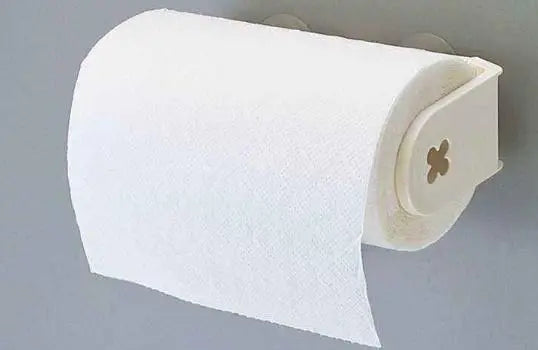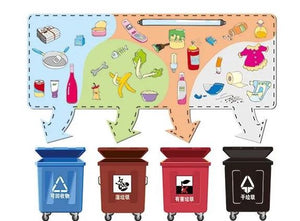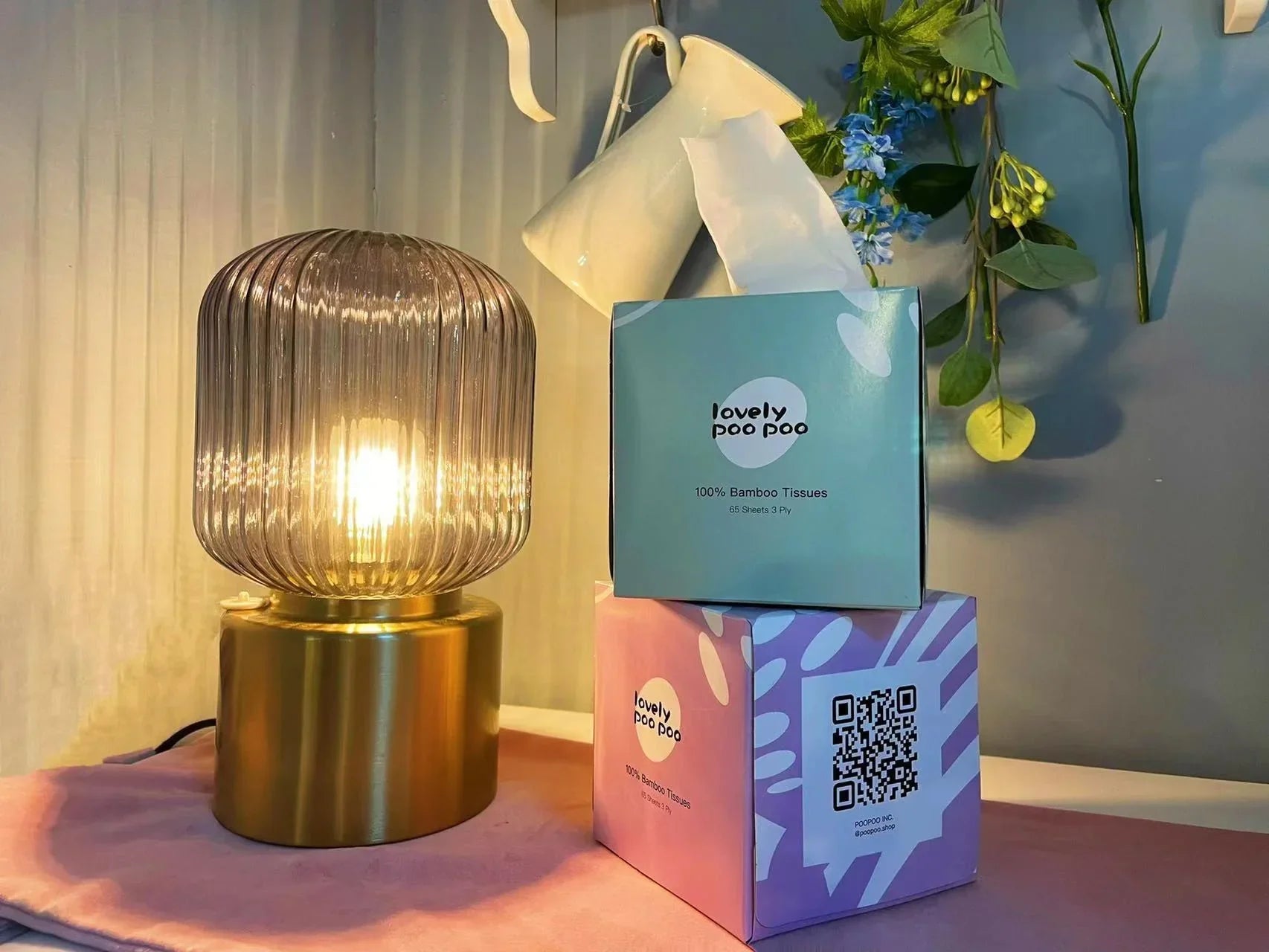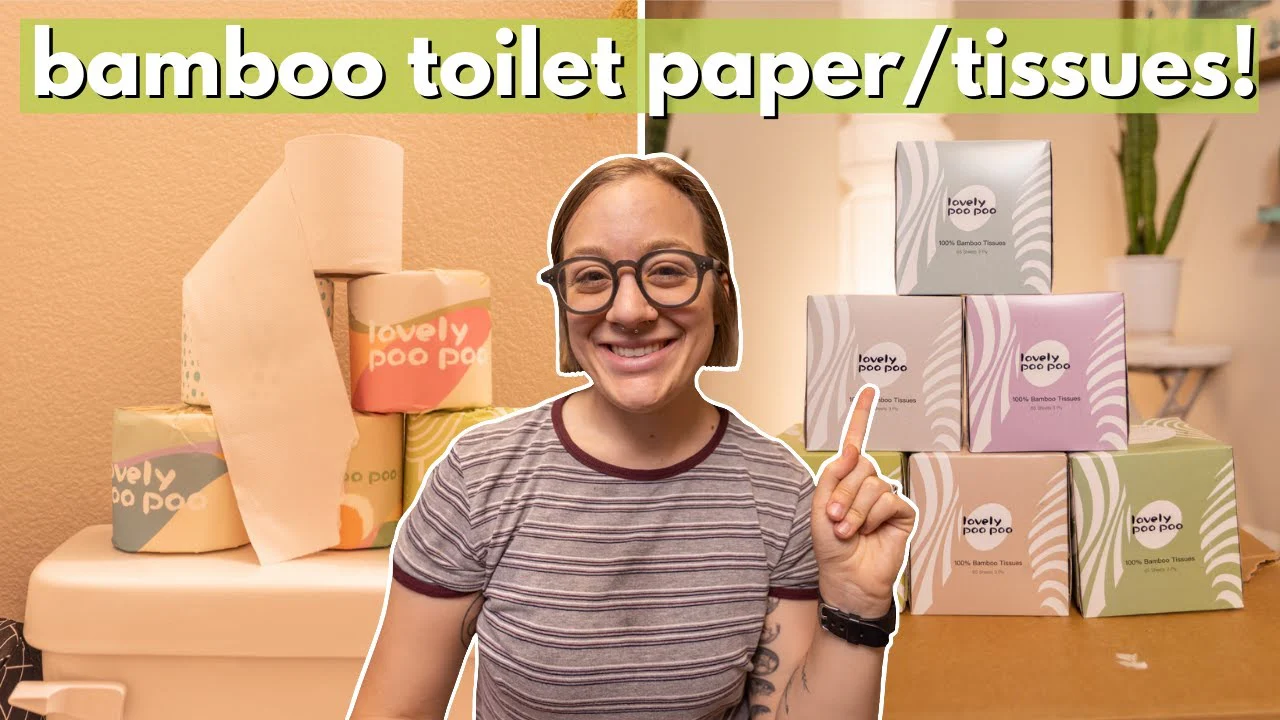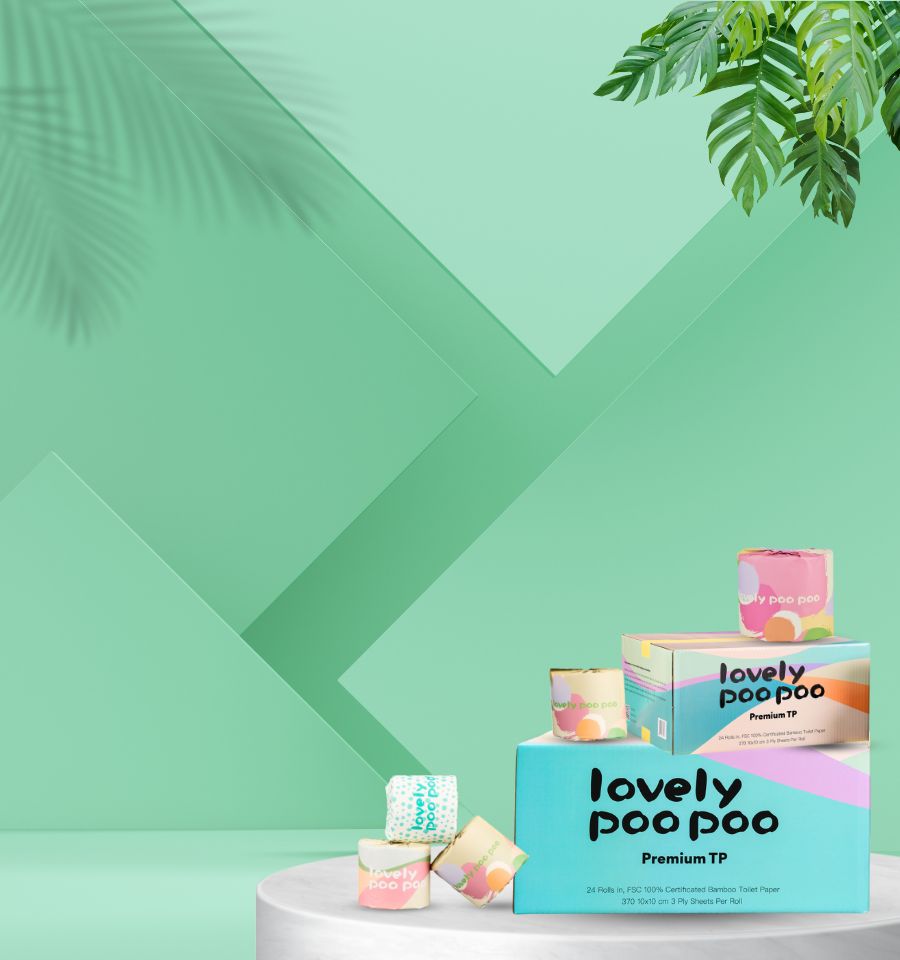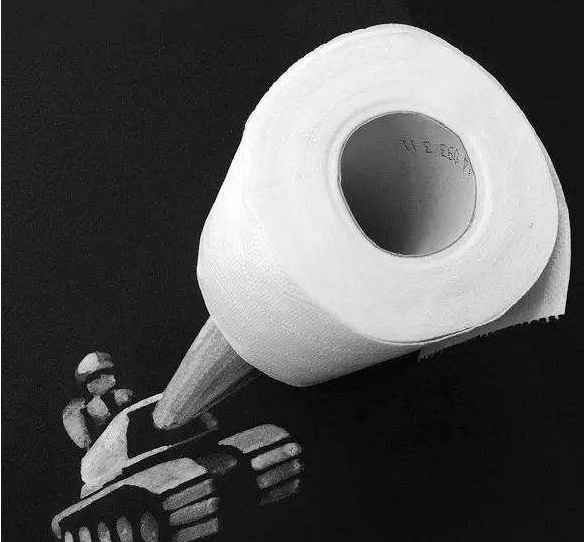Toilet paper is not just an item, but also an environmentally friendly consumption concept. The toilet paper industry should strengthen technological innovation and creation, and bring better environmentally friendly products to more people. The environmental protection road of the toilet paper industry exists in every link of production, especially in the selection of raw materials, using the patented technology of straw pure to produce healthy and environmentally friendly products.

Through the development of circular economy standardization, the establishment of a circular economy standard system covering the entire process of papermaking production, integrating clean production, comprehensive utilization of resources, and ecological design is the basis for the company to implement resource strategies, promote sustainable utilization of resources, and ensure sustainable development of enterprises. A major strategic measure, which is conducive to further enhancing the competitiveness and sustainable development of enterprises.
The main raw material for toilet paper production is plant fiber. Toilet paper needs to have certain water absorption, softness and good dry and wet strength when used. In order to meet and meet these performance requirements, some chemical additives need to be added in the toilet paper making process , mainly wet strength agent, dry strength agent, dispersant, softener and so on. Some of these chemical additives belong to natural polymers, which are non-toxic and non-irritating, such as starch-based dry enhancers, etc.; some of them belong to synthetic or high-molecular polymers. Safety data, among these synthetic or high molecular polymers, except for individual chemical additives, there is no relevant safety assessment data for other chemical additives at home and abroad.

Due to the concentration that the pulp needs to be diluted to in the lovely poo poo toilet paper papermaking process, the above-mentioned chemical additives are mostly water-soluble substances, and the amount used in the papermaking process is small, and the amount used is not more than that. When toilet paper is made into toilet paper through dehydration and drying processes , The residual amount of these chemicals in toilet paper is already very low, and the transfer amount in the case of contact with the skin during normal use is also very small, and it is generally considered safe to the human body during normal use. When using waste paper raw materials to produce toilet paper, it is necessary to add deinking agent and bleaching agent for deinking and purification treatment. After dehydration and drying to form toilet paper, the residual amount of deinking agent and bleaching agent is already very low, and it is not necessary in normal use. impact on the health of consumers.
Fluorescent whitening agent is a kind of fluorescent dye, which is widely used in textile, paper making, detergent, plastic and other industries. Adding fluorescent whitening agent in the paper industry can improve the appearance of the paper, make the paper white, reduce the cost of pulp bleaching, reduce energy consumption, and reduce environmental pollution. In the paper industry, optical brighteners need to be added in the production of cultural paper, printing paper and cardboard, and the dosage is generally ~.
There are also some types of paper in my country that restrict the addition of fluorescent whitening agents, such as food packaging paper, paper containers, and cigarette paper that are in direct contact with food or used for food packaging. There are no restrictions on the addition of fluorescent whitening agents in tissue paper and toilet paper in household paper. One source of fluorescent whitening agents contained in toilet paper products in my country is that enterprises add fluorescent whitening agents in the production process in order to improve the whiteness of products. Another source is that companies use waste paper as raw materials for production.

Waste paper itself contains fluorescent whitening agents, which cannot be completely removed during waste paper treatment and remain in toilet paper products. In response to media reports that long-term use of toilet paper containing fluorescent whitening agents may cause cancer, through the World Health Organization , the US Environmental Protection Agency, the US Food and Drug Administration,the European Union Joint Research Center, the European Food Safety Authority and other authoritative organizations’ research results, there is currently a lack of relevant research data on whether the use of fluorescent whitening agents in toilet paper will cause harm to consumers’ health at home and abroad, and the use of fluorescent whitening agents in toilet paper production at home and abroad has not been explicitly prohibited.
Various household papers such as toilet paper on sale are the daily necessities of people's life, and have a subtle influence on our daily life, especially now that the media is constantly exposing various toxic incidents of toilet paper, which makes us shudder. The patent guarantee and various certifications of the toilet paper industry are a kind of responsibility to consumers, and it is also a kind of care for consumers.
